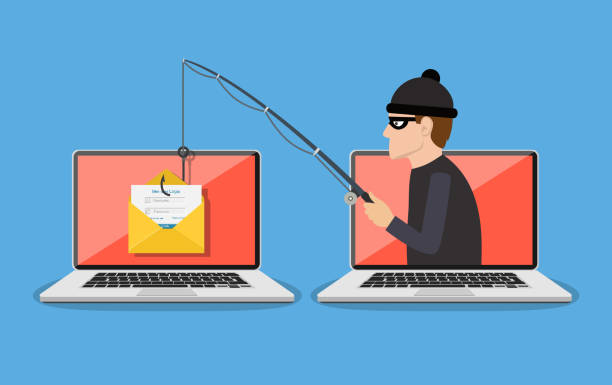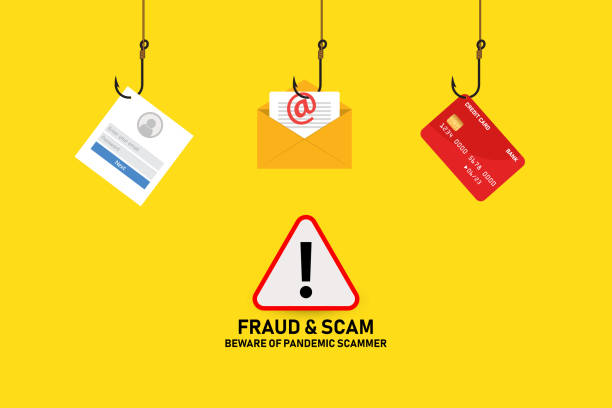What is Phishing Attack?
The most prevalent assault is phishing, which occurs when consumers click links in bogus emails that appear to be authentic and safe at first.
Responding to those emails, as well as installing software via links supplied in these types of communications, can be risky.
Phishing victims are sometimes duped into disclosing private information to unknown parties, such as credit card numbers, dates of birth, social security numbers, phone numbers, password information, and so on.
Phishing attacks occur when an attacker impersonates a trusted entity (colleague/ senior/well-known non-profits/reputable companies, etc.) and tricks the victim into opening an email/message/chat or clicking on a malicious link.
How does phishing work?
Typically, phishers develop communication (SMS, email, voice-based material, social network accounts, etc.) that instils anxiety in the recipients/users. The topic lines and captions are appealing and entice the victim to take the desired action. For example, you won the jackpot, you know the best approach to avoid COVID-19, your password expires today, and so on.
The easily accessible phishing kits are employed in more complex assaults. These kits allow phishers with no technical knowledge to effortlessly plan phishing assaults, from obtaining mailing lists to mimicking reputable businesses and establishing bogus websites.
How to prevent yourself from phishing?
1. Comprehensive and ongoing user education
Best practises for phishing prevention state that all users/ stakeholders (workers, customers, end-users, partners, etc.) must be continually and thoroughly taught via a systematic anti-phishing programme. They must be aware of the warning signals and how to protect themselves. Include interesting technologies that allow users, particularly workers, to make and learn from errors.
2.Authentication using Multiple Factors
3.Don’t give your information to an unsecured site
If the website's URL does not begin with "https," or if there is no closed padlock icon next to the URL, do not submit sensitive information or download files from that site. Sites without security certifications may not be meant for phishing schemes, but it is always better to be safe than sorry.
4.Install firewalls
Firewalls are an effective way to prevent external attacks, acting as a shield between your computer and an attacker. Both desktop firewalls and network firewalls, when used together, can bolster your security and reduce the chances of a hacker infiltrating your environment.
How To Report Phishing
->If you think a scammer has your information, like your Social Security, credit card, or bank account number, go to "IdentityTheft.gov". There you’ll see the specific steps to take based on the information that you lost.
->If you think you clicked on a link or opened an attachment that downloaded harmful software, update your computer’s security software. Then run a scan and remove anything it identifies as a problem.
->If you got a phishing text message, forward it to SPAM (7726).Report the phishing attempt to the FTC at ReportFraud.ftc.gov.



Comments
Post a Comment